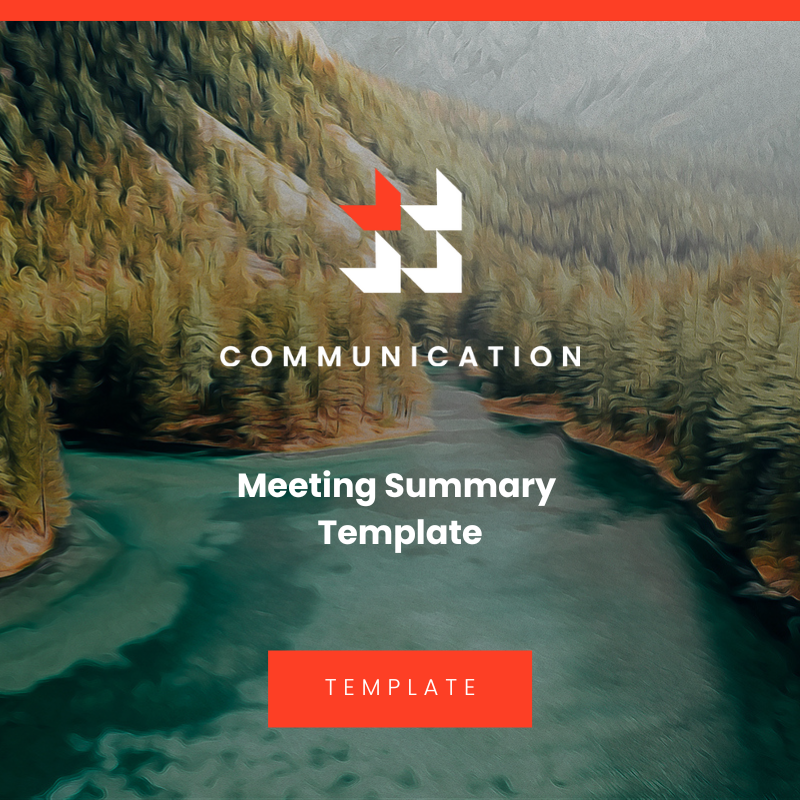The Four Principles of Mastering Archiving
Archiving is a crucial part of documentation, and it starts with following these four principles to ensure your archives are organized and searchable.
Principle 1: Automate the process
Archiving can be a tedious task, but with the right tools and processes, it can be fully automated. Look for software and tools that can automatically save files, transcribe meetings, and organize files based on predetermined rules.
Principle 2: Capture essential information
To ensure that your archives have context, it's crucial to capture essential information such as the date, platform, attendees, and reason for the archive. This information provides a baseline for cross-referencing documents and making your archives searchable.
Principle 3: Cross-reference documents
Archives are only useful if they can be easily referenced and searched. To make this happen, cross-reference your archives with other relevant documents, such as meeting notes or project briefs. By doing so, you'll be able to connect the dots and gain a better understanding of the project's progress.
Principle 4: Optimize for searchability
The ultimate goal of archiving is to make it easy to search and find relevant information. To optimize for searchability, make sure your archives have descriptive titles and relevant tags. This will make it easier for others to find and use the information they need.
By following these four principles, you can ensure that your archives are well-organized, searchable, and provide context for other relevant documents. This will make it easier for your team to stay informed and make better decisions based on accurate information.















